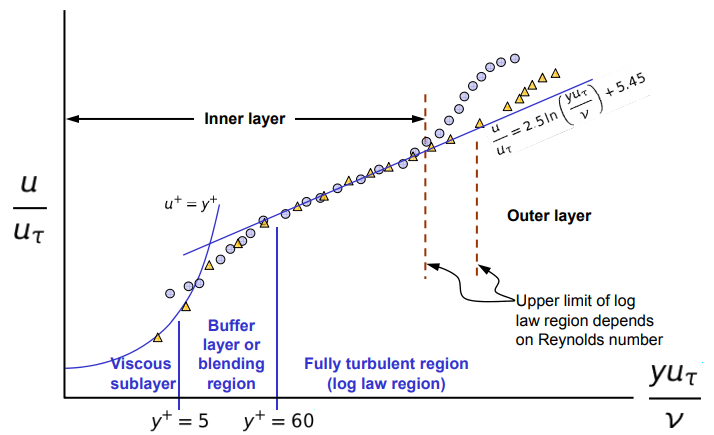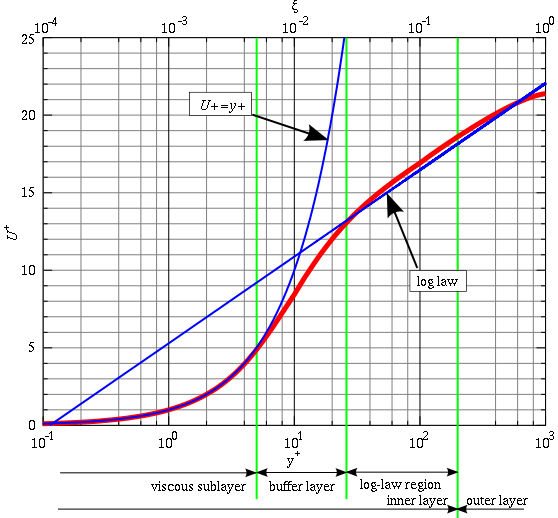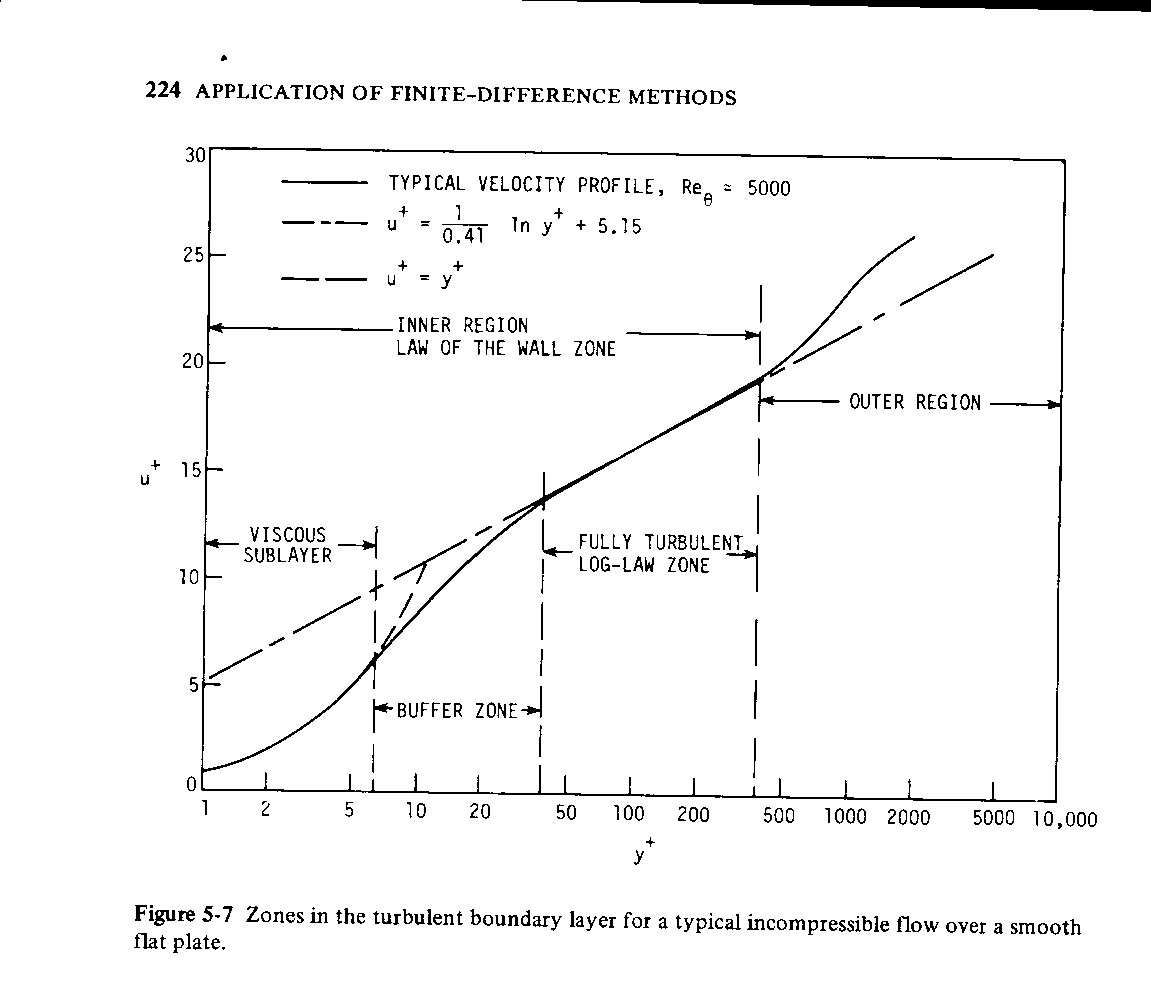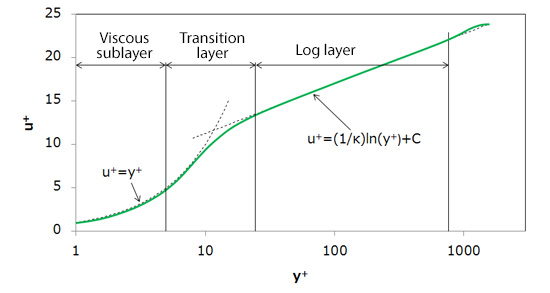
Basic Course on Turbulence and Turbulent Flow Modeling 10: 10.1 Wall condition of RANS model, 10.2 Wall function, 10.3 Turbulence models and wall condition|List
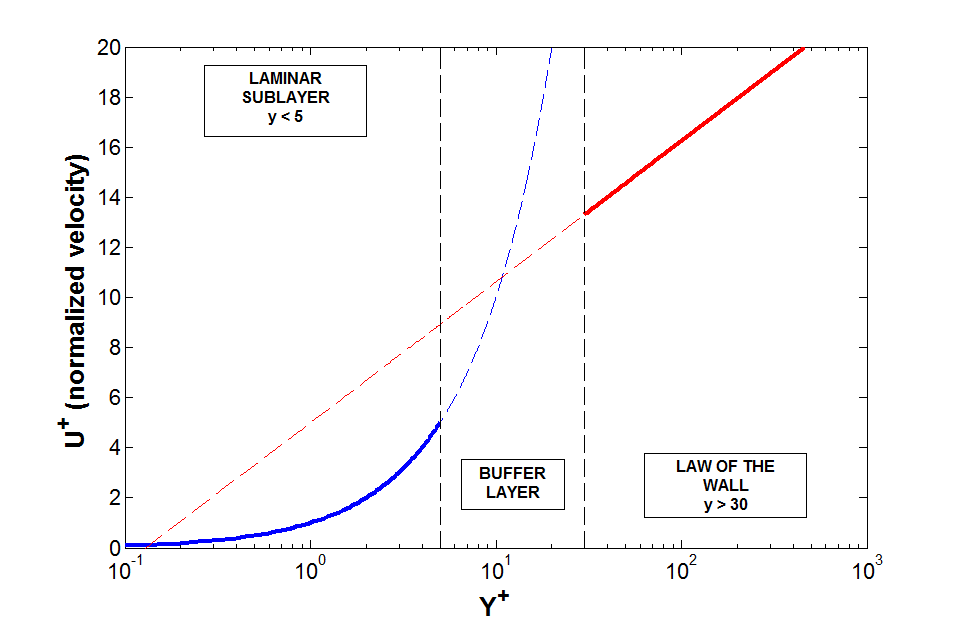
Turbulence Part 3 – Selection of wall functions and Y+ to best capture the Turbulent Boundary Layer | Computational Fluid Dynamics (CFD) Blog – LEAP Australia & New Zealand

Turbulence model, wall Y+ and boundary layer full details | Turbulence model, wall Y+ and boundary layer full details https://www.udemy.com/mastering-ansys-cfd-part-ii/?couponCode=NINENINENINE | By Advanced Engineering Solutions | Facebook
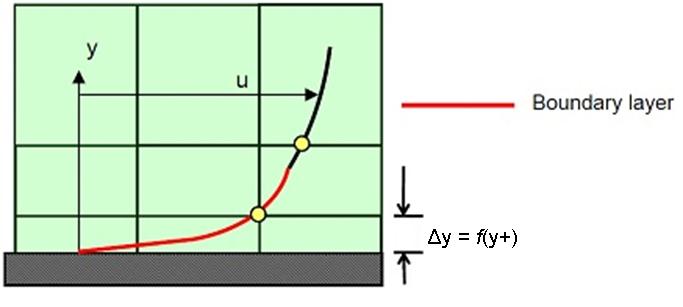
Tips & Tricks: Turbulence Part 2 – Wall Functions and Y+ requirements | Computational Fluid Dynamics (CFD) Blog – LEAP Australia & New Zealand


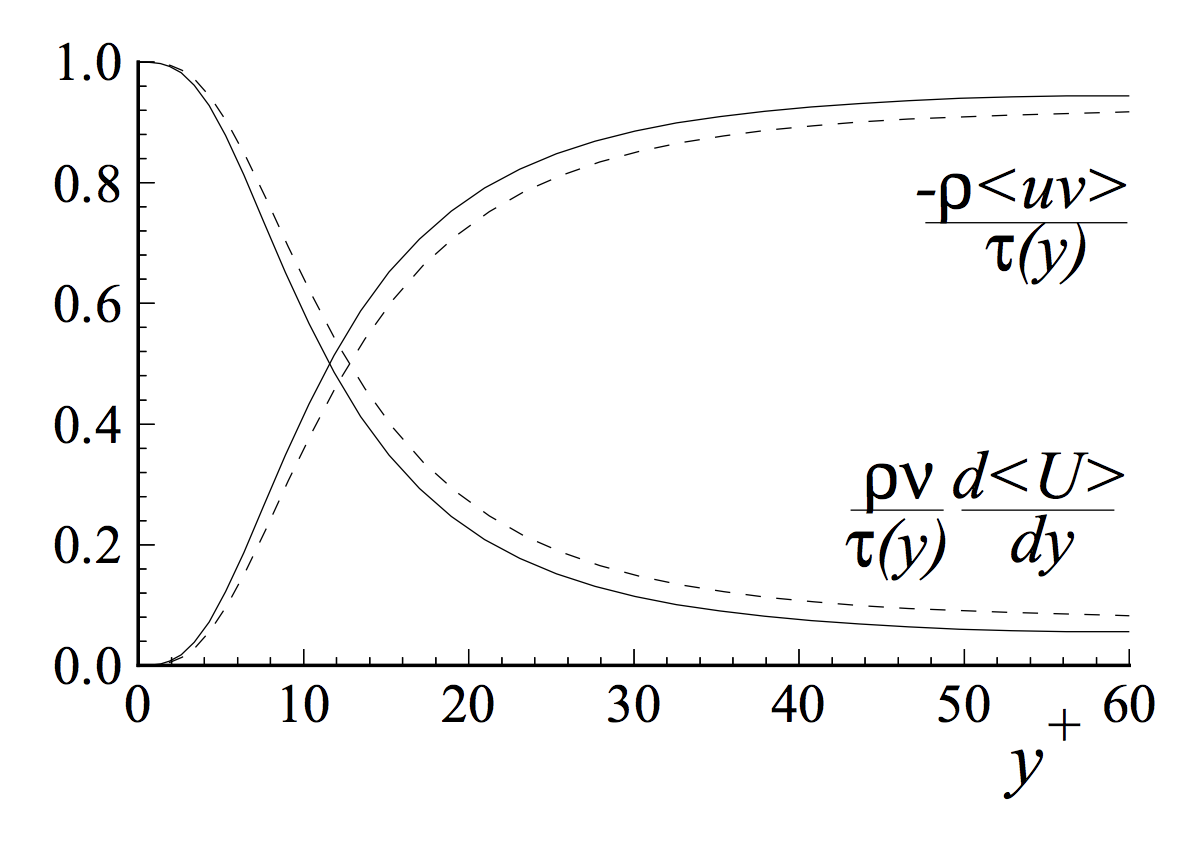
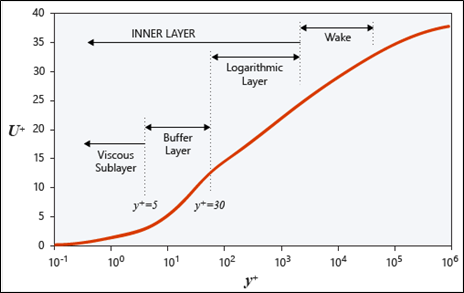

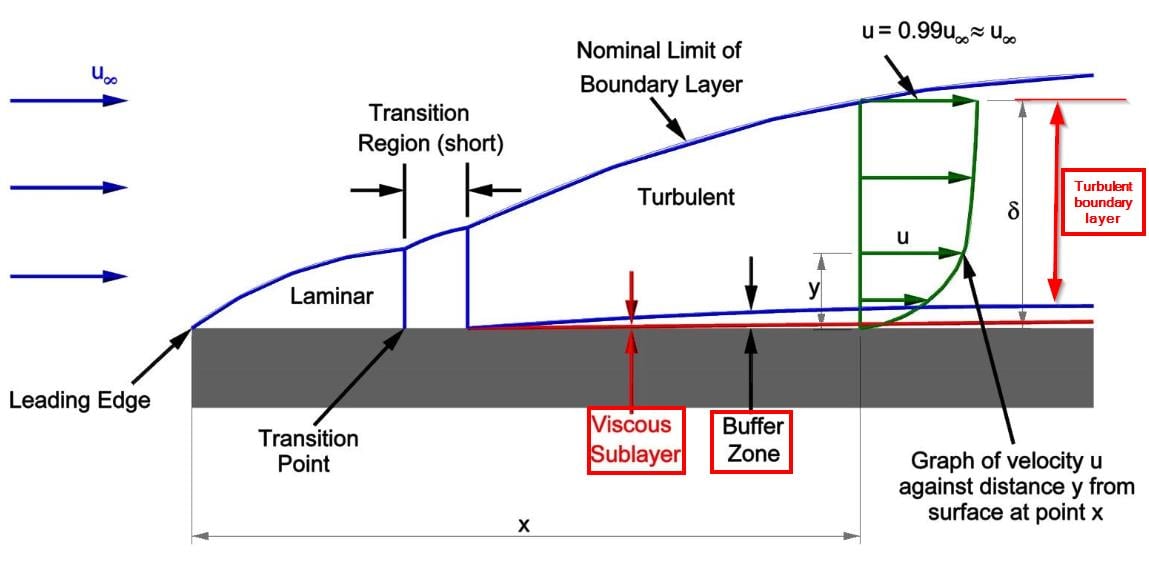

![CFD] What are Wall Functions and How do they work? - YouTube CFD] What are Wall Functions and How do they work? - YouTube](https://i.ytimg.com/vi/fJDYtEGMgzs/maxresdefault.jpg)
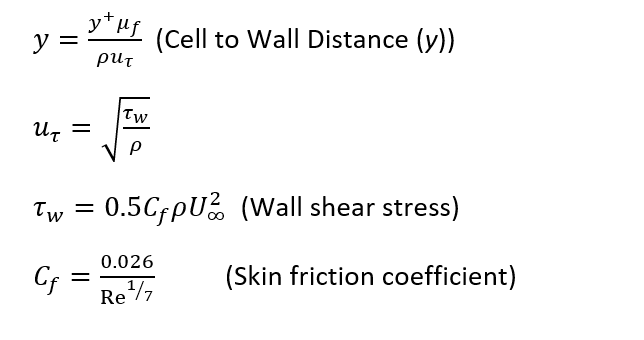


![PDF] Wall y + Strategy for Dealing with Wall-bounded Turbulent Flows | Semantic Scholar PDF] Wall y + Strategy for Dealing with Wall-bounded Turbulent Flows | Semantic Scholar](https://d3i71xaburhd42.cloudfront.net/15de083f894f361765701c0a98e27839ae37a740/2-Figure1-1.png)
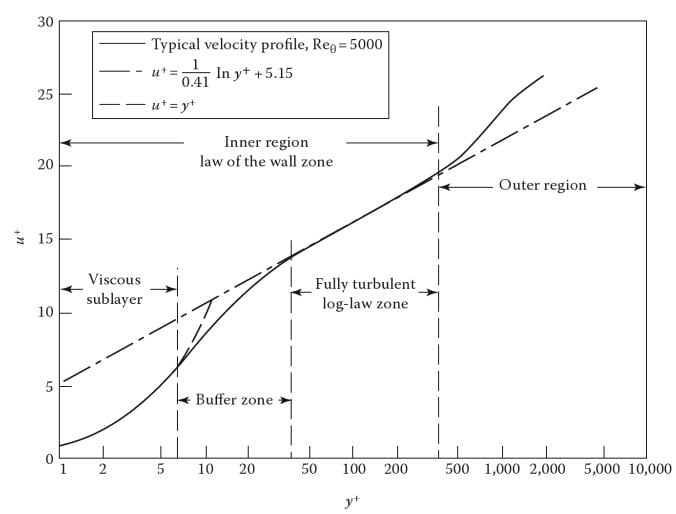

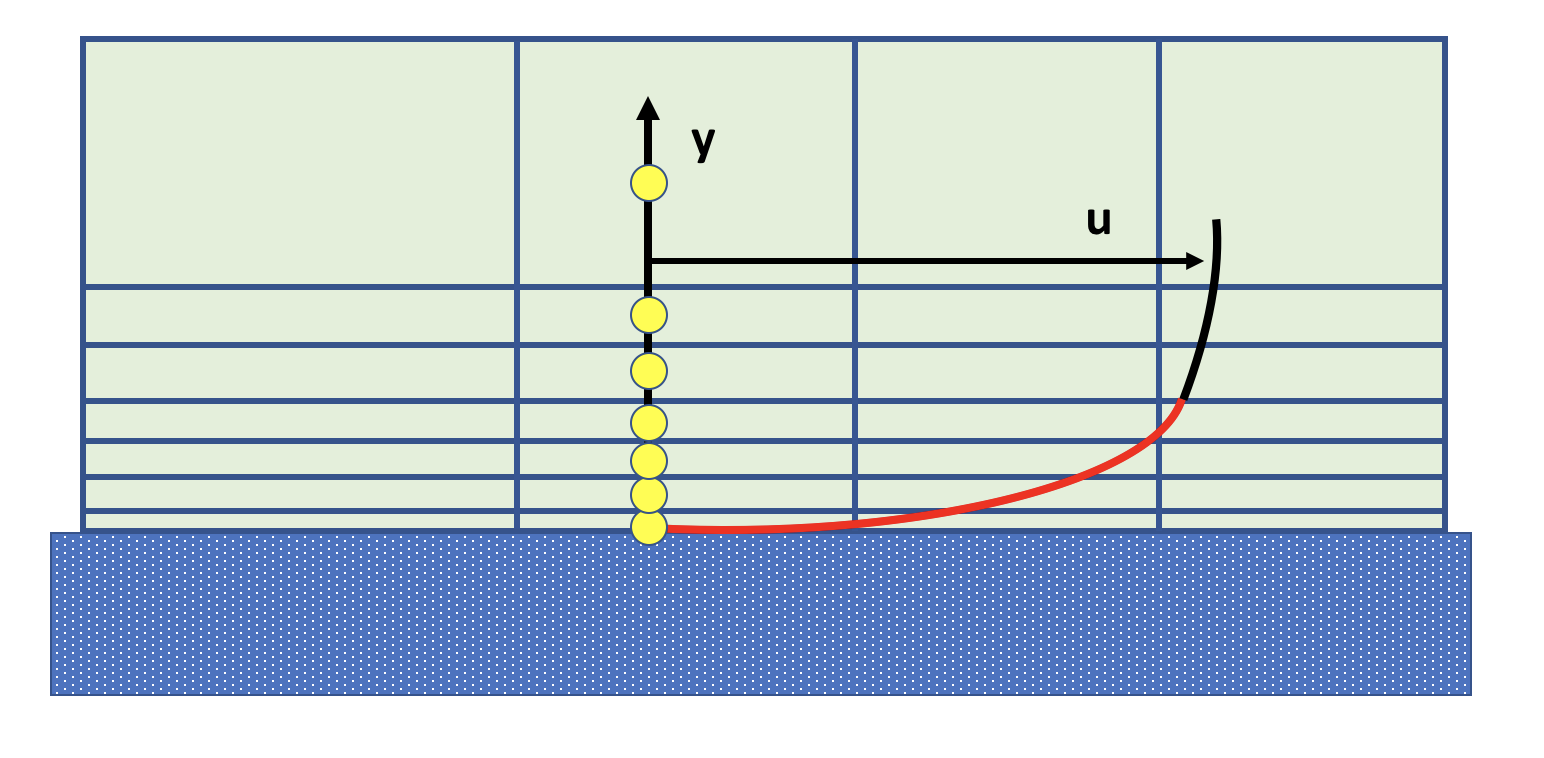
![CFD] What is the difference between y+ and y*? - YouTube CFD] What is the difference between y+ and y*? - YouTube](https://i.ytimg.com/vi/fJDYtEGMgzs/hqdefault.jpg)
![Subdivisions of near-wall region, [1] | Download Scientific Diagram Subdivisions of near-wall region, [1] | Download Scientific Diagram](https://www.researchgate.net/publication/312275881/figure/fig5/AS:668653393571850@1536430800317/Subdivisions-of-near-wall-region-1.jpg)
